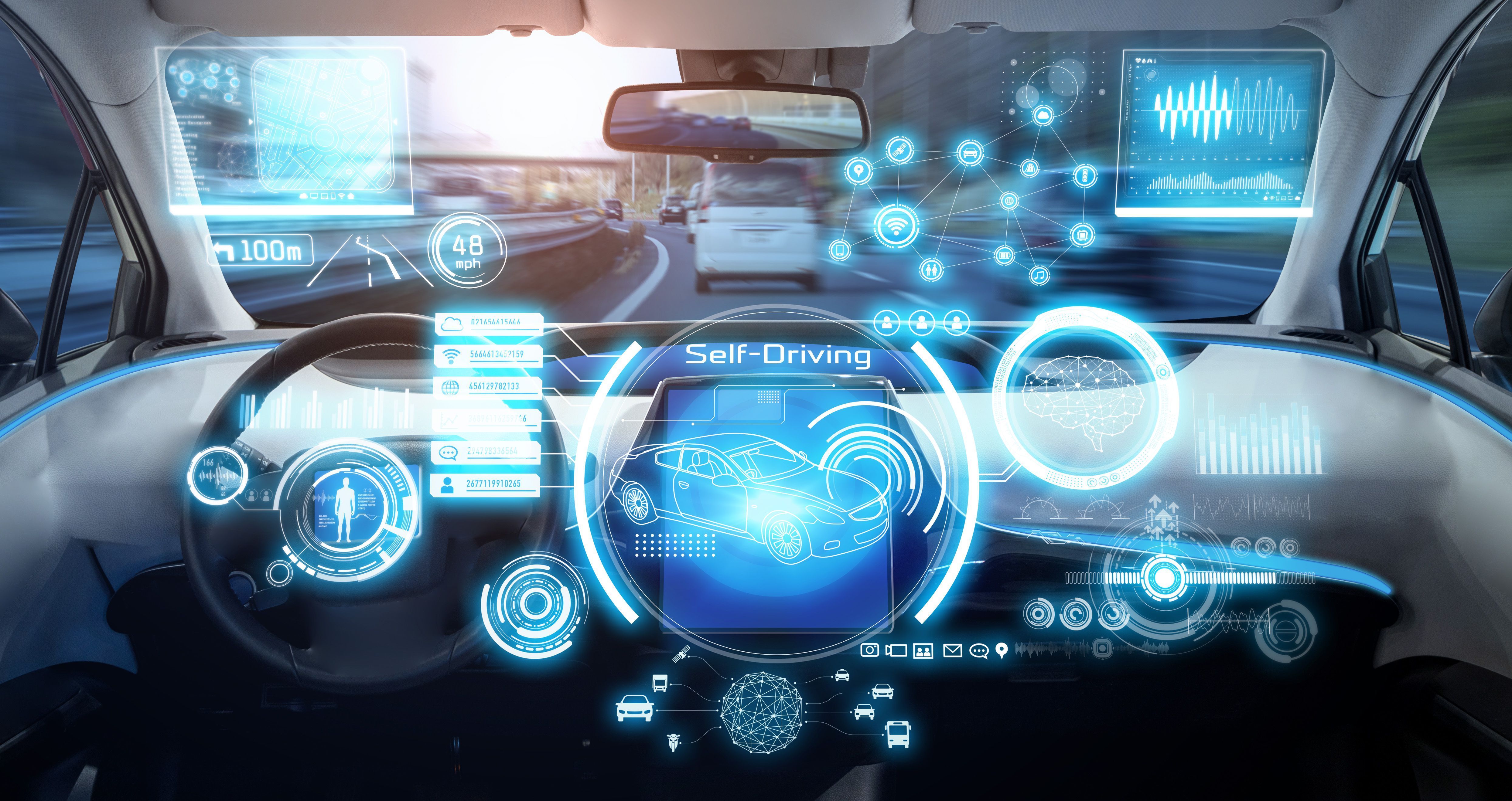
AI Breakthrough in Self-Driving Vehicles: Advancements and ChallengesAI Breakthrough in Self-Driving Vehicles: Advancements and Challenges Advancements Artificial intelligence (AI) has made significant strides in the development of self-driving vehicles, leading to remarkable advancements: * Improved object recognition: AI algorithms can now accurately detect and classify objects, including pedestrians, vehicles, and traffic signs, with high precision. * Enhanced path planning: AI models utilize machine learning to learn from historical data and develop efficient, collision-free paths for vehicles to navigate complex road conditions. * Autonomous decision-making: AI enables vehicles to make critical decisions, such as lane changes, overtakes, and emergency maneuvers, without human intervention. * Enhanced sensor fusion: By combining data from multiple sensors, including cameras, radar, and Lidar, AI systems gain a comprehensive understanding of the surrounding environment. * Real-time adaptation: AI algorithms continuously monitor and adapt to changing road conditions, allowing vehicles to respond swiftly to unexpected events. Challenges Despite the significant advancements, self-driving vehicles still face several challenges: * Legal and regulatory frameworks: Governments need to establish clear guidelines for the testing, deployment, and regulation of self-driving vehicles to ensure safety and accountability. * Cybersecurity concerns: Autonomous vehicles rely heavily on software and sensors, making them vulnerable to hacking and cyberattacks, potentially compromising safety. * Cost of development: The development and testing of self-driving vehicles is a costly and time-consuming process, delaying the widespread adoption of this technology. * Public acceptance: Concerns about safety, privacy, and the potential job displacement associated with self-driving vehicles need to be addressed to gain public trust. * Edge cases: AI systems may not be able to handle every possible scenario, requiring human intervention in rare or complex situations. Future Outlook Despite the challenges, the future of self-driving vehicles holds immense promise. Continued advancements in AI, sensor technology, and vehicle design will pave the way for: * Increased safety: Self-driving vehicles have the potential to significantly reduce traffic accidents and fatalities by eliminating human error. * Improved mobility: Autonomous vehicles can provide convenient and accessible transportation options for the elderly, disabled, and those who lack access to personal vehicles. * Increased efficiency: AI-powered vehicles can optimize traffic flow, reduce congestion, and improve overall transportation efficiency. * New business opportunities: The development and deployment of self-driving vehicles will create new industries, jobs, and economic growth. In conclusion, AI has played a groundbreaking role in the development of self-driving vehicles, offering significant advancements in object recognition, path planning, and autonomous decision-making. However, challenges remain in legal frameworks, cybersecurity, cost, public acceptance, and handling edge cases. As AI continues to evolve and technology advances, the future of self-driving vehicles holds great promise for enhanced safety, mobility, efficiency, and economic opportunities.
Posted inNews